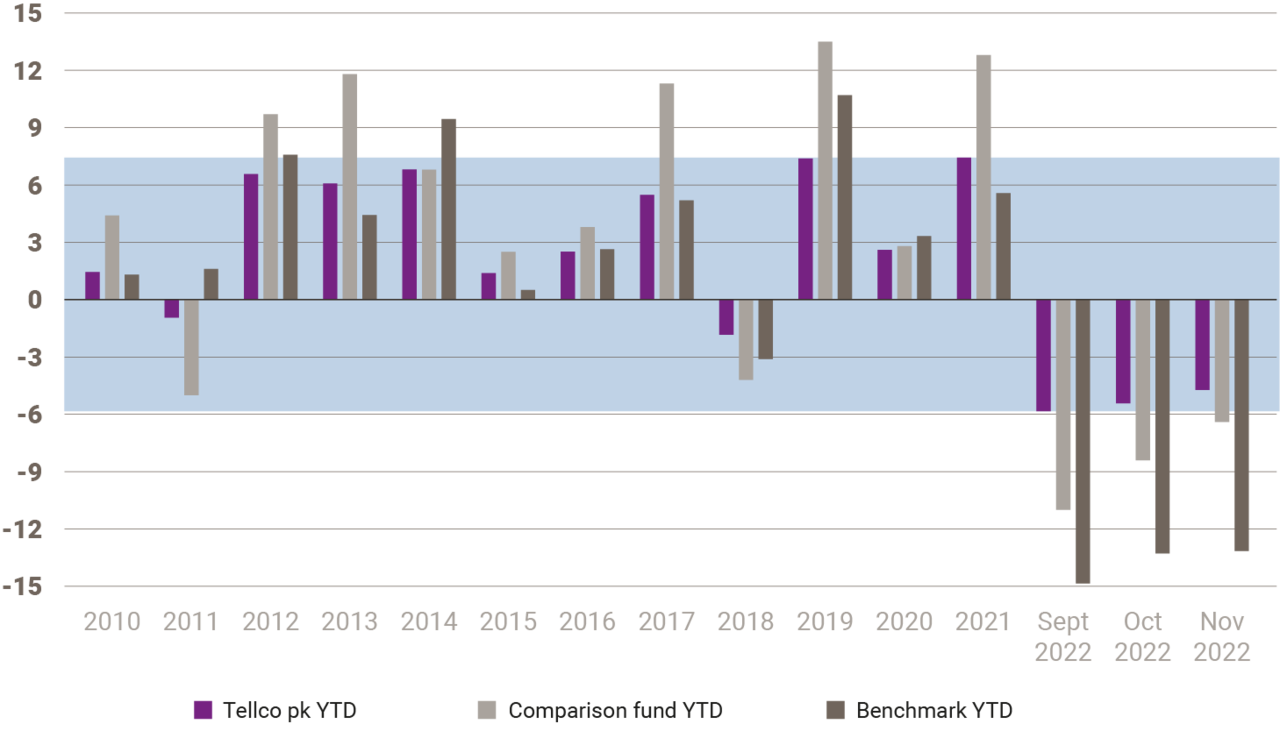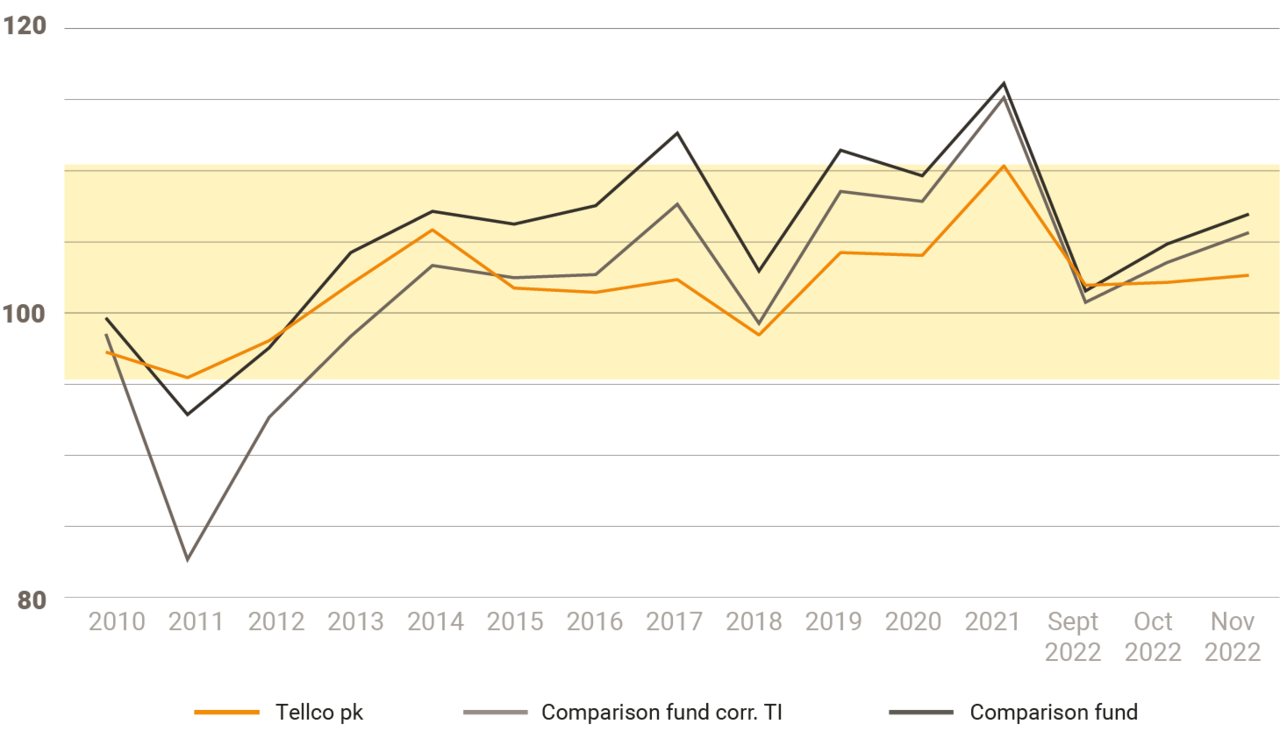The OASI reform came into force on 1 January 2024, and the changes involved also affect occupational and private pensions. Here is an overview of the key changes to occupational pensions, pillar 3a and vested benefits.
What are the changes to OASI?
The OASI 21 reform was approved by voters in 2022 and is intended to secure the pension system that is so important for the population as a whole. With this in mind, the following changes came into force on 1 January 2024:
- The reference age (previously “statutory retirement age”) for women has been increased to 65, making it equal for both men and women.
- The timing of retirement has been made more flexible, and can range between the ages of 63 and 70.
- New statutory regulations have been introduced concerning partial retirement and early or deferred receipt of pension benefits.
These changes affect our pension provision as a whole, including pension funds, pillar 3 and vested benefits. It is worth taking a closer look at the consequences, as they also include new opportunities for employees.
What about occupational pensions?
- Standardisation of reference age:
As with pillar 1, the reference age for pillar 2 has also been standardised and will now be 65 for both men and women. A transitional arrangement will be in place for women until 2028. - Flexible timing for retirement:
The moment of retirement can be chosen freely, and can now range between the ages of 63 and 70. This means that receipt of retirement capital or a pension can be deferred until an individual stops working altogether (up to the age of 70). - Statutory regulation of partial retirement:
Partial retirement will remain an option, and is now subject to statutory regulation. In concrete terms, this means that in the event of partial retirement, the lump sum or a combination of lump sum and pension can be withdrawn in up to three stages. - Early withdrawal of pension capital:
The conditions for the early withdrawal of pension fund assets are now also more comprehensive. There is now a statutory entitlement to early withdrawal from the age of 63, while pension funds can also provide for a lower age, but 58 at the earliest. - Deferral of the lump-sum or pension benefit in the event of continued employment:
Those who work beyond the reference age can defer receipt of pension fund assets and continue to pay into pillar 2 up to the age of 70. - Simplified lump-sum withdrawal:
Those wishing to withdraw their entire capital following retirement instead of receiving a pension can do so in up to three stages.
What about vested benefits?
- Deferral of payment of vested benefits in the event of continued employment:
Those who work beyond the reference age can also defer the withdrawal of vested benefits up to the age of 70, with no statutory requirement in terms of a minimum level of employment. - Five-year transitional period:
Those reaching their statutory retirement age (now “reference age”) between 2024 and 2029 may still defer payment of their vested benefits, even if they are no longer in gainful employment – however, this rule will apply for a maximum period of five years or until the end of the transition period on 31 December 2029 at the latest.
What about pillar 3?
- Early withdrawal of pillar 3a:
Pillar 3a and 3b assets can be withdrawn between the ages of 60 and 70, while those working beyond the reference age can defer their withdrawal accordingly. - Transitional arrangement for women born up to and including 1964:
A transitional arrangement is in place for women born up to and including 1964, according to which they can withdraw their restricted pension 3a assets without restriction from the age of 59.





